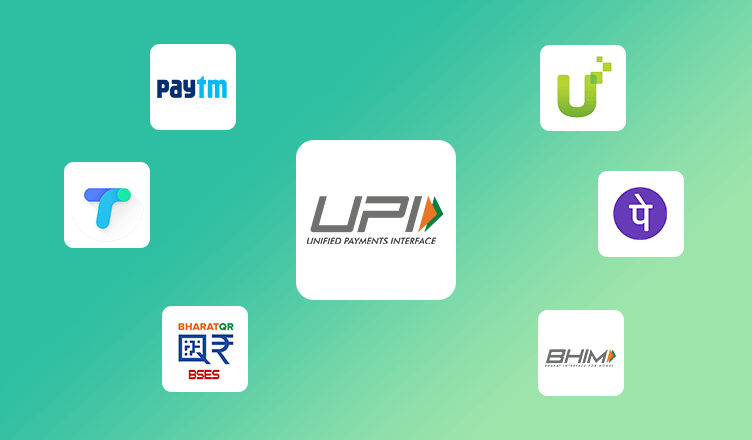What is UPI and How UPI Is Change Digital Payment Banking system

India is a diverse and vast country in every way, due to the infinity of languages and its own cultures that are included in it. So designing a payment system that works there is quite a challenge, to which is added the problem that many of its inhabitants do not have access to a bank account (let alone a credit card) but they do have a mobile phone.
What is the Unified Payments Interface (UPI)?
It is a standardized unified payment interface promoted by the NPCI (National Payments Corporation of India in Spanish) where all the Indian banks that operate there are included. It is used to transfer amounts of up to 1 lakh between two bank accounts using a smartphone. As you can see, it is used for almost all types of payments except possibly buying a luxury item, a new vehicle or a house.
And what’s so special about it compared to a bank transfer or money order? The first is a standard created from scratch and aimed at creating a payment ecosystem, not a closed system for each bank to create its own interface as happens with SEPA orders to redirect them through banks. The UPI is designed to create payment gateways, payment apps or for the banks themselves to create their own UPI app.
Also Read: IMPS Full Form
How Unified Payments Interface (UPI) works?
The internal workings of UPI allow for more than one post and we are going to give you an example between a payer and a recipient of a payment.
- Payment recipient makes a payment request to the UPI through an application
- The UPI asks the payer for authentication data
- The payer returns the data requested by the UPI
- The UPI makes a payment request to the sender’s bank
- The sender’s bank sends a payment response to the UPI
- The UPI returns the payment request response to the beneficiary’s bank and the beneficiary’s bank returns a
- payment response to the UPI and the UPI returns it to the receiver
- The receiver returns a response to the application
- Those more or less would be the steps in a transaction through the UPI, fairly summarized and without going into technical explanations.
Practical applications of UPI
Having good technology is good, but if there is no ecosystem to support it, it can lead to failure. In the end, good technologies without an ecosystem either die or are relegated to the professional market niche, as happened to Betamax or the Macintosh.
We are going to show you two practical examples of the use of UPI: one by a traditional bank, Axis Pay , and another by one of the new actors that have been created, Razorpay , which tries to bring UPI to all kinds of people and businesses with an easy-to-implement Stripe-style payment gateway.
AxisPay
Axis Bank is one of the largest banks in India and one of the main promoters of UPI. Axis has created its own app with UPI, Axis Pay from where you can create a UPI account with your usual Axis account or with any other NPCI bank (yes, you don’t have to be an Axis customer to use their payment app ).
As you can see in the illustration, there is a lot of image and simple text: “A single app that unites all your accounts”, “Send money instantly, without remembering the account number and the IFSC” and “Approve charges with your mobile directly” , an effective onboarding for the type of users in India, more accustomed to images and little reading.
Also Read: what is rediff money
The process of sending money to someone through Axis Pay could not be easier,
- The home screen is a big pink button (Axis corporate color) if we click on it, it takes us to the second screen.
- The Sending screen where we can choose from which account we have configured in the application, to whom we want to send it and from the numeric keyboard we choose the amount in rupees, we accept and it takes us to the confirmation screen.
- On the confirmation screen we check that the data is correct and we accept and the money is transferred.
As you can see, it is an easy, simple and usable process to be a banking process. - The user does not have much to think about beyond the account from which money is going to be sent and the user to whom it is going to be sent.
- The process is simple because it is based on symbols and icons that everyone can easily understand even if they have little banking knowledge or literacy.
- Which makes Axis Pay a banking app with a very good user-centric design.
razor pay
- It is an Indian Stripe , that is, a payment gateway so that Indian e-commerce can easily include all kinds of collections and payments.
- As you can see, it is very similar to Stripe, they take a commission of between 2-3% depending on the means through which it is paid.
- Razorpay implements dozens of payment methods and Indian banks, so it is a good option if you want to do business in India.
- Razorpay includes a high-quality dashboard from which to control all the processes related to e-commerce payments.
Also Read: BPO full form




